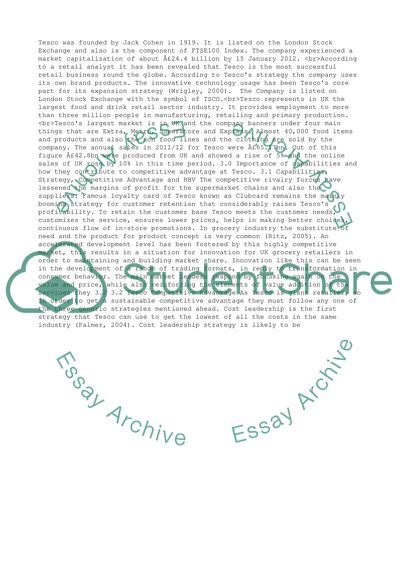Cite this document
(“Tesco Managing Capabilities Essay Example | Topics and Well Written Essays - 3750 words”, n.d.)
Retrieved from https://studentshare.org/business/1475067-tesco-managing-capabilities
Retrieved from https://studentshare.org/business/1475067-tesco-managing-capabilities
(Tesco Managing Capabilities Essay Example | Topics and Well Written Essays - 3750 Words)
https://studentshare.org/business/1475067-tesco-managing-capabilities.
https://studentshare.org/business/1475067-tesco-managing-capabilities.
“Tesco Managing Capabilities Essay Example | Topics and Well Written Essays - 3750 Words”, n.d. https://studentshare.org/business/1475067-tesco-managing-capabilities.


